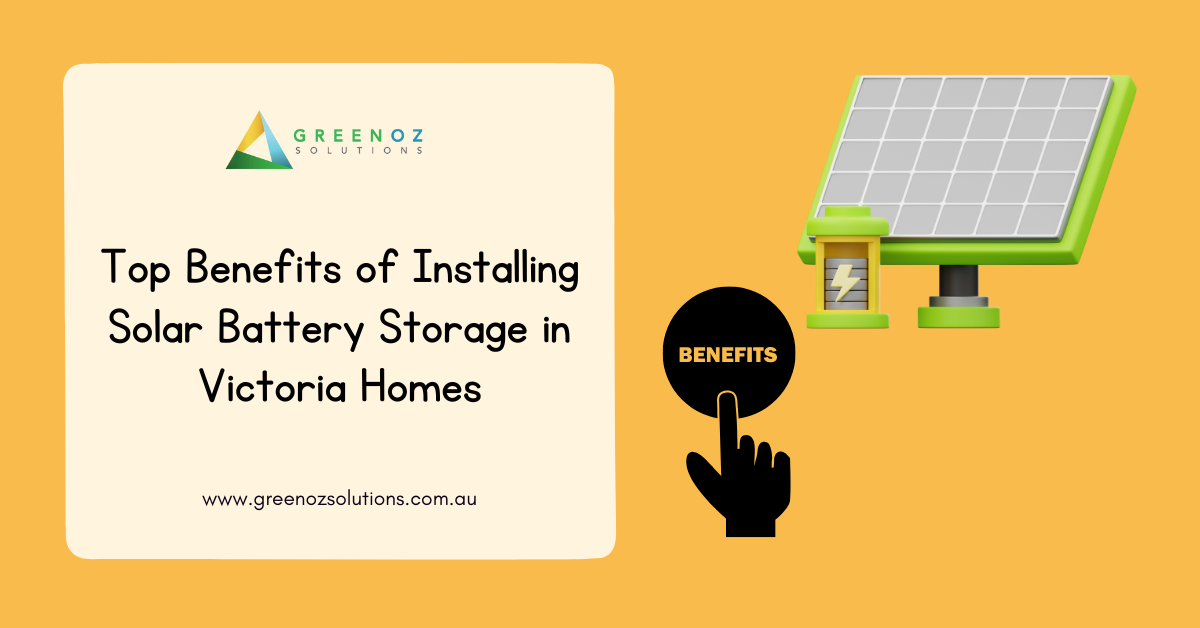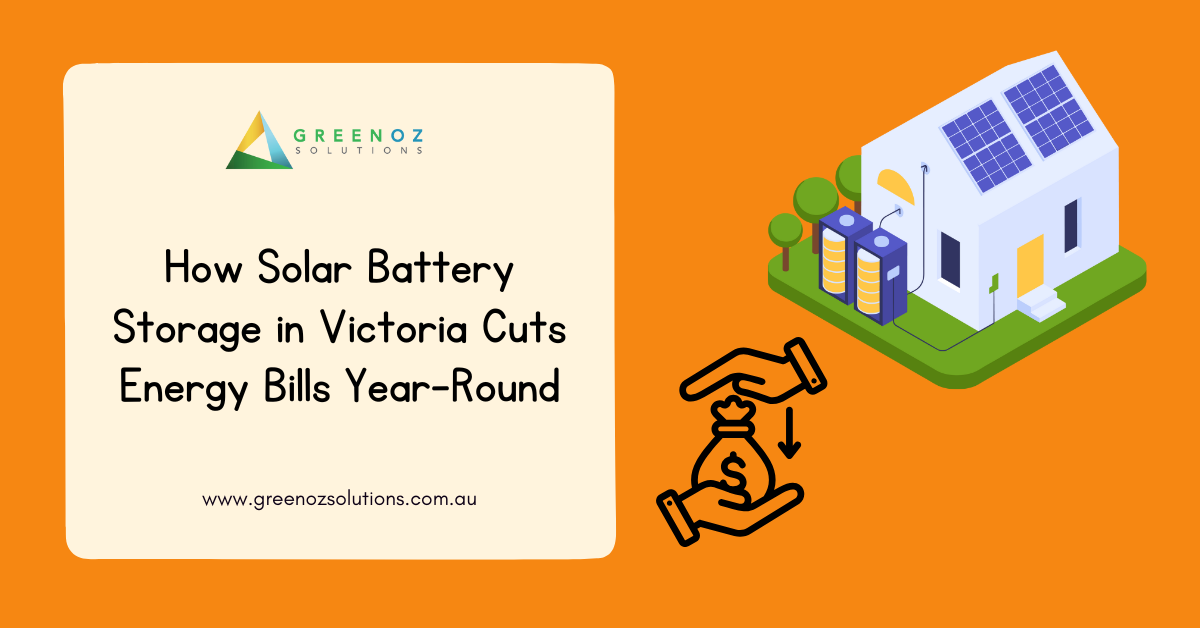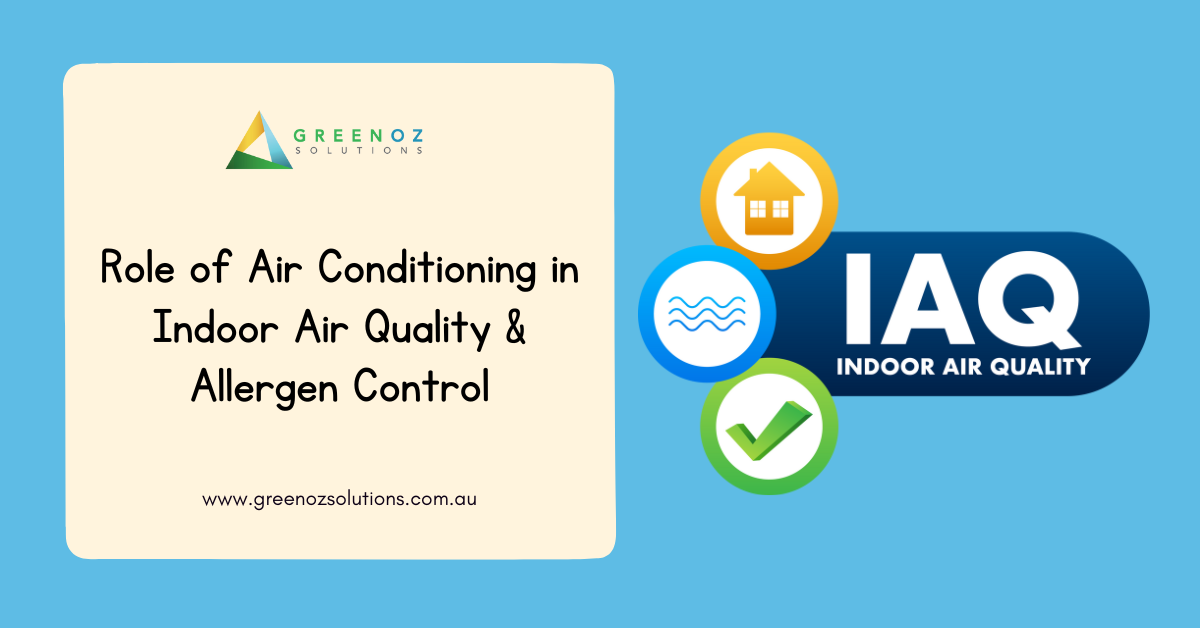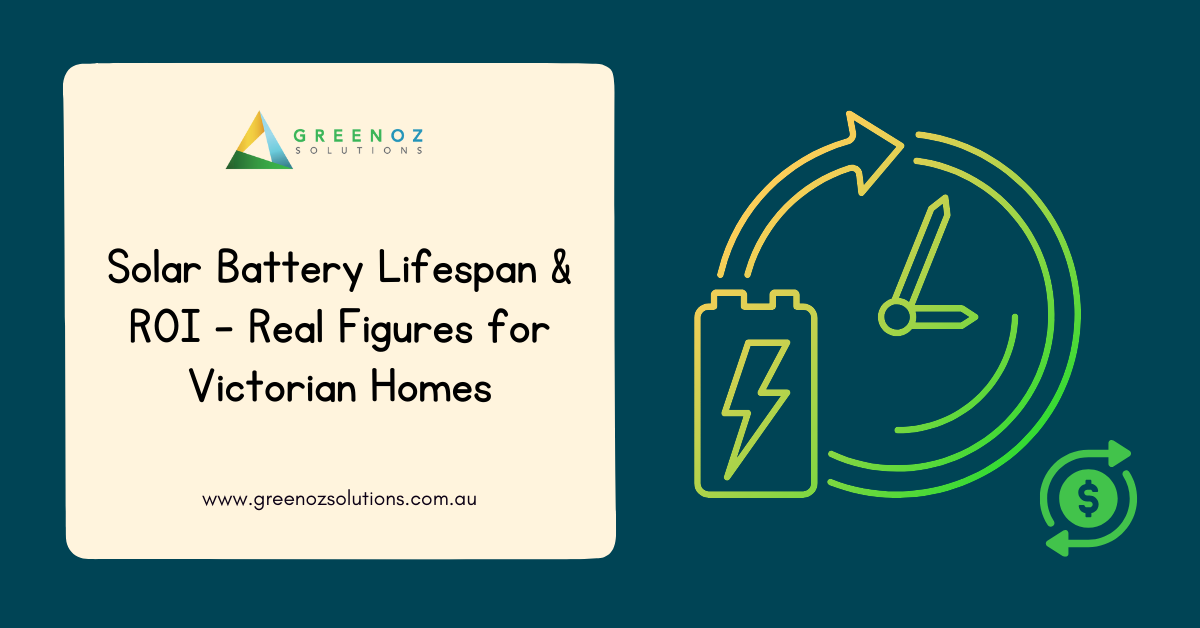Step-by-Step Guide to Smooth Home Battery Installation in Melbourne
As Melbourne homeowners search for smarter ways to lower energy costs and embrace renewable energy, solar and battery installation has become one of the most valuable home upgrades. Whether you already have solar panels or you’re just starting your solar investment, adding a home battery system lets you store excess solar power and use it later—helping you save money, reduce your reliance on the grid, and take control of your energy.
In this comprehensive step-by-step guide, you’ll learn everything you need to know about the solar and battery installation process in Melbourne, from choosing the right battery system to understanding what happens on installation day.
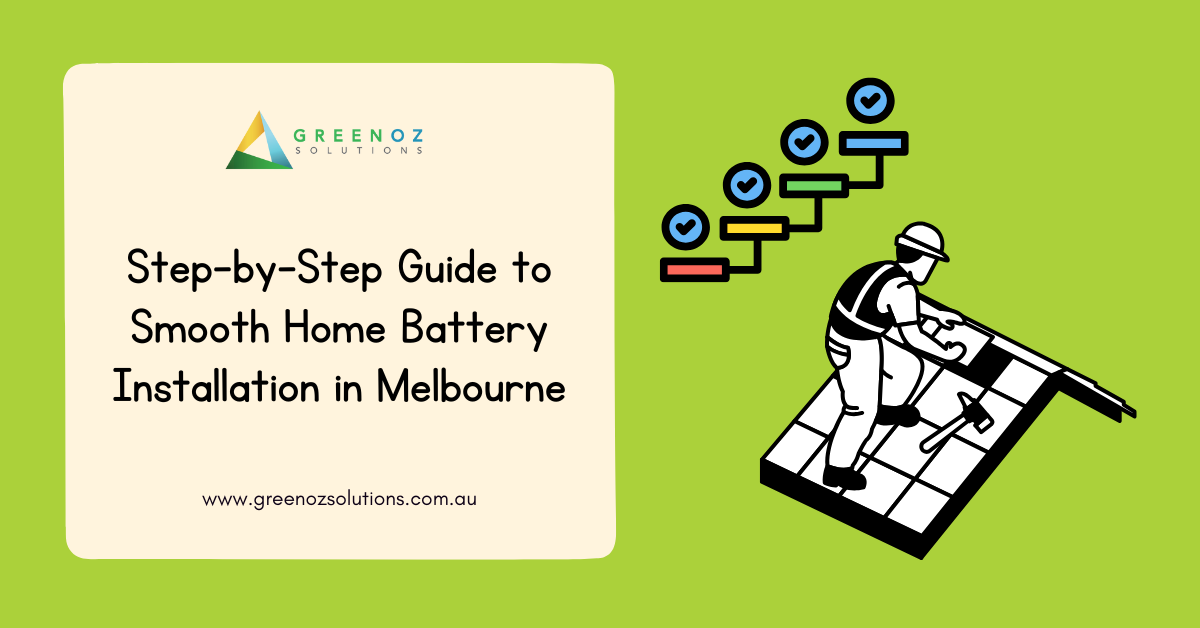
Understanding Solar Battery Systems and How They Work
Before diving into the installation process, it’s essential to understand what a solar battery system actually does.
A solar and battery system combines rooftop solar panels, an inverter, and a home battery to create a complete energy storage solution. During the day, your solar panels generate solar power that runs your home. Any extra energy is stored in the battery for later use, such as at night or during grid outages.
This process allows homeowners to:
- Use more of their own solar energy instead of exporting it back to the grid.
- Enjoy consistent backup power during blackouts.
- Lower their energy bills by using stored power instead of buying expensive electricity.
Installing a solar battery also positions you for future programs like Victoria’s Solar Homes Program and the Cheaper Home Batteries Program, which help reduce your upfront cost through rebates and incentives.
Step 1: Assessing Your Home’s Solar Setup and Energy Usage
Every successful battery installation starts with a thorough site assessment. A reputable solar installer will visit your property to evaluate your solar setup, roof orientation, shading, and average daily energy consumption.
They’ll help determine the right battery size (often 8–13 kWh for Melbourne homes) based on your usage habits, whether you plan to go partially off-grid, and the battery capacity needed to meet your energy needs.
This step ensures your battery system matches your household requirements—so you don’t overinvest in a larger battery than necessary or under-size your battery setup, limiting savings.
✅ Pro tip: Ask your solar installer for a customised quote that includes performance projections and payback estimates based on your local solar generation and tariff rates.
Step 2: Choosing the Right Battery and Solar Components
Selecting the right battery is crucial to achieving long-term efficiency and durability. There are different types of batteries on the market—most modern solar batteries in Australia use lithium-ion technology, known for safety, long lifespan, and high battery performance.
Key considerations when choosing your home battery system include:
- Battery brands: Compare reputable manufacturers with solid warranties (10–15 years).
- Battery capacity: Measured in kWh—this indicates how much energy your battery can store.
- Inverter type: Your solar inverter converts DC power (from solar panels) into usable AC electricity. If upgrading, a hybrid inverter can support both solar panels and batteries efficiently.
- Battery must meet Australian safety standards for a compliant installation.
By choosing a certified authorised solar installer, you’ll ensure safety, reliability, and compliance with the Solar Victoria rebate guidelines.
Step 3: Applying for Rebates and Incentives
Before scheduling your installation date, your installer can help you apply for available rebates. Victoria offers generous programs that make solar and battery installation more affordable:
- Solar Victoria Rebate: Helps eligible households claim up to 30% off the total battery installation cost.
- Cheaper Home Batteries Program: Offers interest-free finance for battery storage systems.
- Solar Homes Program: Incentivises both solar installation and home battery setup for new or existing systems.
Working with an accredited solar retailer or installer ensures your system meets eligibility criteria, streamlining your application process and maximising savings.
Step 4: Scheduling Installation and Site Preparation
Once your system design and rebate approvals are in place, it’s time to prepare for installation day.
Your installer will schedule the installation date and provide pre-installation instructions. These may include clearing the area where your battery and inverter will be mounted—typically a garage, utility room, or shaded outdoor wall.
Professional installers will also verify:
- Adequate wall strength and ventilation for safe battery installation.
- Cable access points for connecting your solar panels and battery system.
- Space for electrical work and accessibility for future maintenance.
By properly preparing your site, you’ll ensure a smooth, efficient installation process.
Step 5: The Installation Process Explained
On installation day, your installation team—including a licensed electrician—will handle the entire process of installing your new solar and battery system.
Here’s a breakdown of what happens:
- Mounting components: The installer secures the inverter and battery on the chosen wall or frame.
- Connecting wiring: Cables are run between your solar panels, inverter, battery, and switchboard.
- Grid connection: Your system is safely integrated into the grid power supply, ensuring compliance with local regulations.
- System testing: The team tests charging, discharging, and battery performance to confirm everything operates correctly.
- Final inspection: Accredited electricians and compliance officers check that your installation meets Australian standards.
During this phase, your installer will also set up a monitoring app so you can track energy usage, solar generation, and battery charge levels from your phone or tablet.
Step 6: Post-Installation Checks and System Activation
After installing a solar battery, your system will undergo final activation and safety checks before going live. Your installer will:
- Charge the battery to verify proper operation.
- Review battery installation process documentation and performance metrics.
- Explain how to store excess energy and when to draw from the grid.
- Ensure that all settings align with your energy consumption habits and solar generation patterns.
Once the solar battery installation is active, you’ll begin storing excess solar energy during the day and using it at night—significantly reducing energy costs and grid dependency.
Step 7: Monitoring, Maintenance, and Optimisation
A quality home battery system requires minimal maintenance, but monitoring is essential to maintain long-term efficiency.
You can track battery power, charge levels, and performance through your monitoring app. Many systems send alerts if battery performance drops, helping you address issues early.
Your solar installer may also offer annual inspections to ensure all connections remain secure, firmware is updated, and safety standards remain compliant.
✅ Pro tip: Keeping your system clean and checking for shade on your solar panels will ensure consistent solar generation and maximise your return on investment.
Step 8: Enjoying Long-Term Benefits of Solar and Battery Storage
After installation, you’ll start enjoying the benefits immediately:
- Lower energy bills: Use stored power during the night or peak times.
- Backup power: Stay comfortable during blackouts.
- Energy independence: Reduce your reliance on the grid and external energy providers.
- Renewable energy: Decrease your carbon footprint and contribute to Melbourne’s clean-energy future.
By installing solar and battery systems, you’re joining thousands of Melbourne homeowners leading the shift toward efficient solar living.
Why a Smooth Installation Process Matters
Choosing the right installer makes all the difference. A smooth solar and battery installation process ensures:
- Compliance with Australian safety standards.
- Full eligibility for Solar Victoria rebates.
- Maximum battery performance and lifespan.
- Safe electrical work that protects your home.
Always select accredited professionals who are authorised by the Clean Energy Council. They’ll handle everything—from paperwork and rebate applications to final inspections and system handovers.
Key Takeaways: Smooth Solar and Battery Installation in Melbourne
- A solar battery system lets you store excess solar power for later use, lowering energy costs.
- Work with a reputable solar installer for a safe, compliant installation.
- Apply early for Solar Victoria rebates and incentives to reduce your upfront cost.
- Understand each installation step, from site inspection to battery activation.
- Monitor your system regularly to ensure top battery performance.
- Enjoy clean, renewable energy and long-term independence from the grid.
Final Thoughts
Installing a solar and battery system is one of the most effective ways to power your home or business sustainably while cutting costs. With the right solar installer, proper planning, and access to Victorian rebates, your battery installation will be seamless—from start to finish.
Take the next step today—install your solar battery and start producing clean, affordable, and reliable energy for your Melbourne home.
Phone: 03 8753 8820
Email: sales@greenozsolutions.com.au
Website: https://greenozsolutions.com.au/

